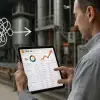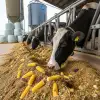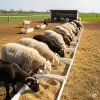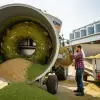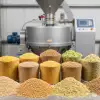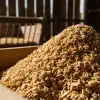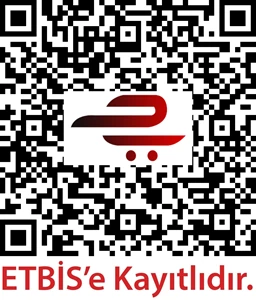Automation Systems and Digitalization in Feed Mills: The Future of Production Today!
Discover how automation and digitalization are transforming production processes in feed mills. Learn the benefits of increased efficiency, cost reduction, and quality improvement.
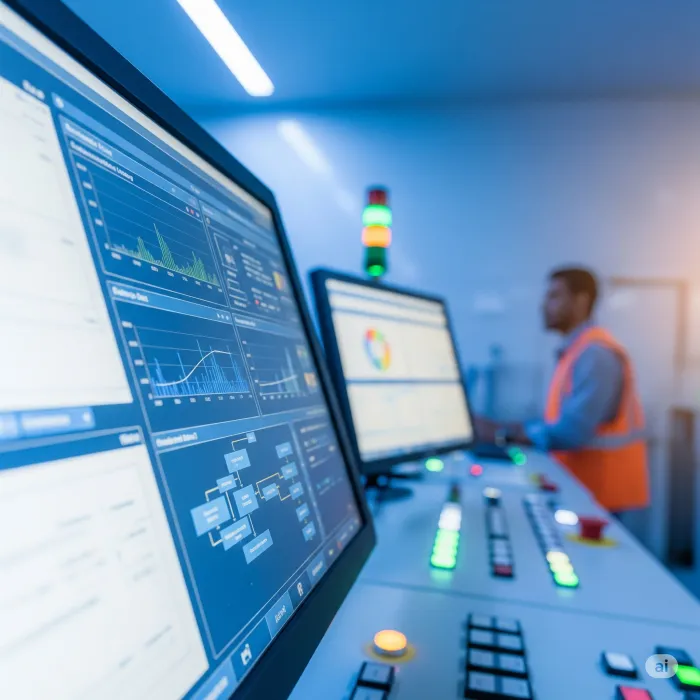
Automation Systems and Digitalization in Feed Mills: The Future of Production Today!
In modern feed production, **automation systems and digitalization** are no longer a luxury but a necessity for remaining competitive and building a sustainable future. These technologies make production processes more efficient, precise, and transparent, thereby reducing costs and improving product quality. So, what exactly do automation and digitalization mean in feed mills, and what benefits do they bring to the industry?
What are Automation and Digitalization?
**Automation** is the process of automating production processes by minimizing or eliminating human intervention. Machines perform specific tasks autonomously using technologies such as robots, sensors, and programmable logic controllers (PLCs).
**Digitalization**, on the other hand, is the ability to transform information from physical processes into digital data and then analyze, manage, and utilize that data. This involves integrating all workflows, from production to logistics, quality to finance, on digital platforms.
The Importance of Automation in Feed Mills
Automation offers significant advantages to feed mills in many areas:
1. **Precision and Accuracy:** Human errors in manual operations are eliminated with automation. High precision is achieved at every step, from raw material dosing to mixing ratios. This guarantees formulation consistency and, consequently, the nutritional value of the feed.
2. **Increased Efficiency:** Automated systems can operate continuously 24/7. This increases production capacity, reduces labor costs, and shortens production time. Less downtime and faster production cycles are achieved.
3. **Occupational Safety:** Performing dangerous or repetitive tasks with robots and automation systems reduces the risk of accidents for employees and provides a safer working environment.
4. **Energy and Raw Material Savings:** Automated control systems can optimize energy consumption and minimize raw material waste. For example, precise dosing prevents overuse.
5. **Traceability:** Automation systems collect detailed data at every production stage. Thanks to this data, it is easy to trace which raw materials were used for a feed, when it was produced, and under what conditions. This allows for rapid identification of the source in case of a problem.
The Role and Applications of Digitalization in Feed Mills
Digitalization makes the data collected by automation meaningful, enabling smarter decision-making:
1. **Data Analysis and Decision Support Systems:** Big Data collected from production is analyzed to identify bottlenecks, inefficiencies, or areas for improvement in production processes. These analyses help in making more informed business decisions.
2. **Advanced Process Control Systems (SCADA/DCS):** Systems like SCADA (Supervisory Control and Data Acquisition) and DCS (Distributed Control Systems) enable the monitoring and control of the entire production line from a single center. Operators can track every point in the system in real-time and make necessary adjustments.
3. **Artificial Intelligence (AI) and Machine Learning (ML):** These technologies can analyze production data to predict equipment failures (predictive maintenance), optimize feed formulations, or make energy consumption even more efficient.
4. **Integrated Enterprise Resource Planning (ERP) Systems:** ERP systems consolidate all business functions, such as purchasing, inventory, production planning, sales, and finance, into a single platform. This integration ensures efficient information flow and better coordination.
5. **Internet of Things (IoT):** Sensors and machines on the production line are in constant communication with each other and with central systems. IoT enables the real-time collection and transmission of all kinds of data, from equipment performance to environmental conditions.
6. **Cloud Computing:** Cloud-based solutions are used for securely storing collected data and making it accessible from anywhere. This facilitates collaboration and reduces the risk of data loss.
The Feed Mill of the Future: Smart and Connected
Thanks to automation and digitalization, feed mills are becoming **smart factories** that offer fewer human errors, higher efficiency, lower costs, and consistent product quality. This transformation positively impacts not only production itself but also supply chain management, customer relations, and R&D processes. In the future, it will be possible to see self-managing feed production facilities continuously optimized with sensors and artificial intelligence. This will enable the livestock sector to advance towards a more sustainable and efficient future.
